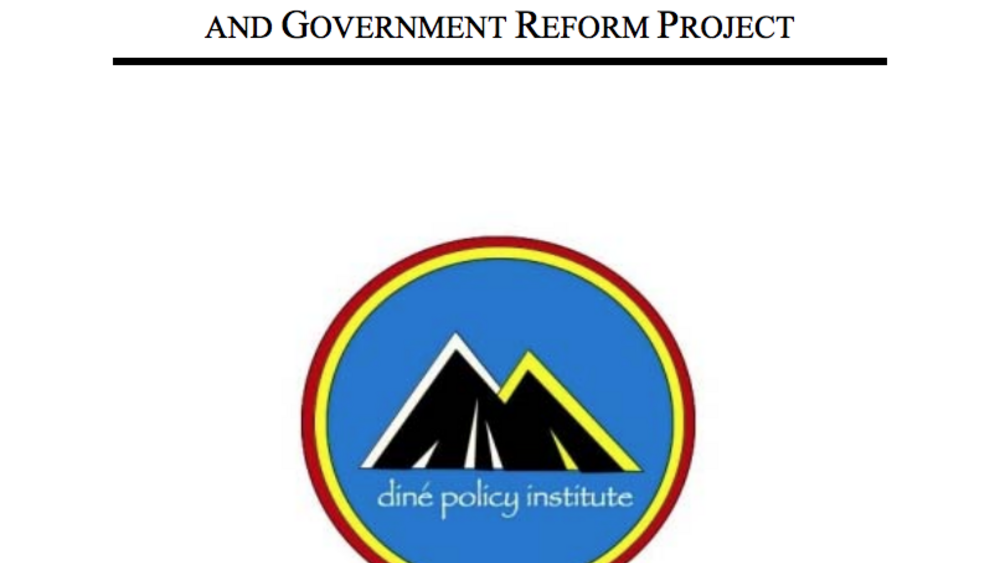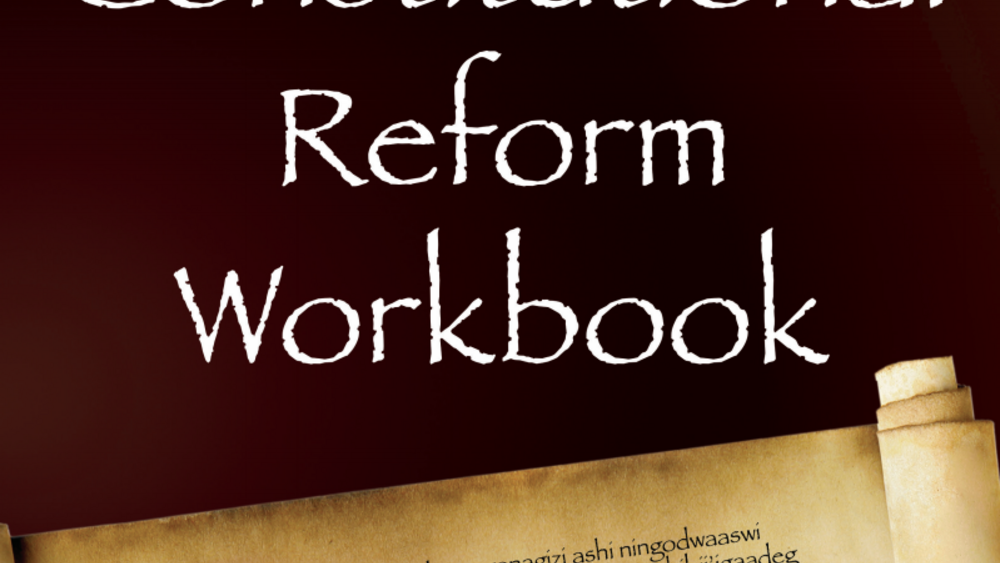In this highlight from the presentation "Defining Constitutions and the Movement to Remake Them," Stephen Cornell provides some basic definitions of what a constitution is and the role it fundamentally plays -- or should play in the life of Native nations.
Additional Information
Cornell, Stephen. "Defining Constitutions (Presentation Highlight)." Tribal Constitutions seminar. Native Nations Institute for Leadership, Management and Policy, University of Arizona. Tucson, Arizona. April 2, 2014. Presentation highlight.
Transcript
"...What kind of future do you want for your people and how do you get there? That's what a constitution is. It's a tool. It's something that a nation uses to achieve its goals.
So let's start just thinking about what is a constitution and why does it matter. And I'm going to give you a definition here, it's just one definition. I think if you canvassed everyone in the room, you'd probably come up with a number of alternative definitions, but here is one version. 'A constitution articulates the most fundamental rules by which a nation and its people intend to work together to achieve their goals. The most fundamental rules by which a nation and its people intend to work together to achieve their goals.' A constitution lays out those rules. It's about who you are as a people, how you intend to make decisions, which relationships to the land, to the spirit world, to each other, to other nations are most important. What is it you're trying to protect, to defend, to sustain? What is it you're trying to change, make better, make different? A constitution is like a roadmap. It says, 'This is how we work together, this is how we get things done.'
It's about governing. And if...you know, what you want to be...when you undertake the task of governing a nation, you have to think very carefully about, 'What are you governing for?' When you start to make a constitution, think of it as that tool, but what kind of house are you trying to build with that tool? What kind of future are you trying to build with that tool? Those are the sorts of things you need to think about when it comes to constitution making. Why are we doing this? What's that future we want for our grandchildren, for other generations yet to come? These are big issues, but you can't go into a constitution just thinking, 'Gee, we've got this crummy constitution that some bureaucrat in D.C. came up with and we need to fix pieces of it.' What you really want to do is say, 'Where are we trying to go? Do we have the tools that'll get us there? And let's think about what those tools should be.'
Another way to think about it, and this I put together just from the dictionary, 'To constitute, to compose.' We're composing ourselves as a nation or we're recognizing what we've already known for generations what kind of nation we are. Bring together pieces into a whole. Are people going off in different directions? There's conflict, families who don't talk to each other, a history of fragmentation because of the stomping that you were subjected to by the U.S. government, the Canadian government, some other government, some colonial system. How do we take those pieces and bring them back together, to constitute yourselves as a nation? 'To establish or create.' So, to constitute ourselves as a nation or community capable of organized action, we want to be able to act. We want to make our dreams a reality. Now we've got to think about what tools we need to do that."



